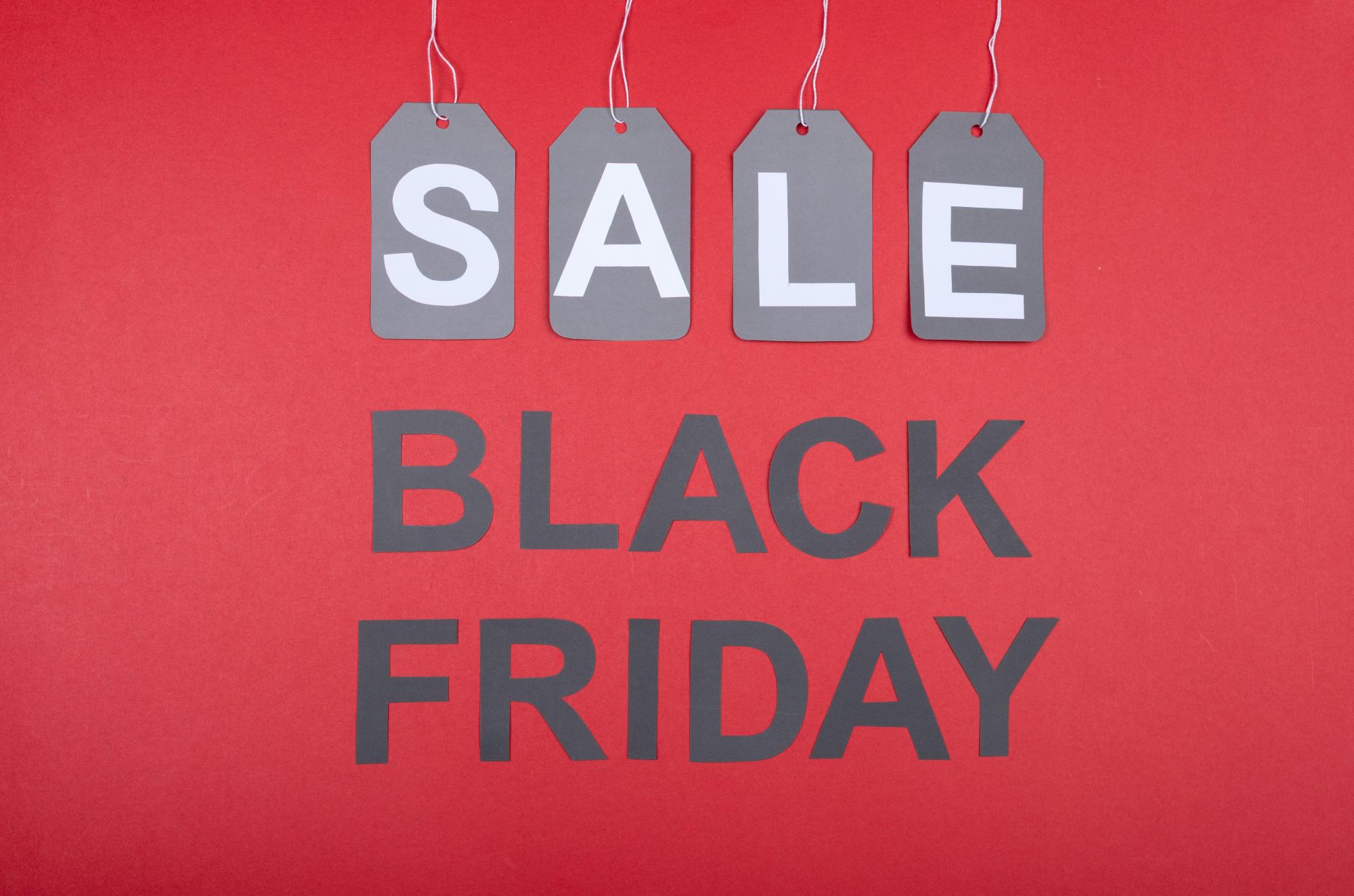AMD Stock Forecast: EPS Growth and Earnings Outlook Ahead of November 2025 Report
$$259.26
AMD Stock Forecast: EPS Growth and Earnings Outlook Ahead of November 2025 Report
03 Nov 2025, 13:48

Image credit: Tamanna Rumee

Thanksgiving Day, Black Friday and Cyber Monday are two of the biggest yearly events for consumer spending. This year’s Black Friday took place amid a recession in countries such as the UK, high inflation globally, and a skyrocketing cost-of-living and energy crisis. However, the initial data shows that this weekend’s spending exceeded expectations.
Key points from Adobe’s data:
In the US, Black Friday generated just over $9bn of revenue, more than Adobe’s prior prediction of $8.9bn.
Cyber Monday is expected to bring in $11.2bn, but the actual figure for revenue has not been released yet.
During the overall holiday season, there has been a 2.5% growth in consumer spending compared to last year.
Smartphones accounted for 55% of online sales on Thanksgiving Day itself, up from 51% in 2021.
Toy sales online during Black Friday were up 285% compared to the average day in October.
Discounting has driven up Average Order Value, which is up 12% throughout the season compared to last year.
Mobile shopping on Thanksgiving Day accounted for 55% of online retail sales, an all time high and an increase of 8.3% from last year.
Mobile shopping on Black Friday reached an all time high of 48% of online sales compared to 44% in 2021.
The last two statistics reflect the popularity of being able to buy anywhere and at any time, and that people may not be flocking back to physical stores after pandemic restrictions have ended in the numbers that were originally expected. The above statistics cover the US only. Salesforce has some data available for both the US and worldwide. Salesforce’s analysts suggest a 12% year-on-year increase in online sales performance in the US and the Average Order Value up 0.6%. Additionally:
The number of items that consumer’s budgets can afford to buy has been impacted by the rising cost-of-living. In terms of unit growth, the US rate is 3.5 items per order, down 2% from last year.
Electronics and Accessories are 34% more expensive this year, whereas heavy discounts in Beauty and Make Up have had a 15% price drop.
Globally, Black Friday sales were still up 3% year-on-year.
In the UK and Ireland, online revenues were down 13% on Black Friday and the number of orders placed decreased by 11%.
In Germany, there was a 12% decline in online revenues and a 15% decline in orders placed.
In Australia and New Zealand, the decline in revenues was 1% but orders placed grew by 3%.
In Italy and Eastern Europe the data was positive: a 1% growth in sales and a 4% growth in orders placed. Eastern Europe specifically saw an 8% growth in the number of orders placed.
The biggest fall came from Japan; online sales were down 31% and orders placed down by 17%.
The variation is down to a number of factors, such as how the energy crisis and high inflation is impacting each country/region, and the actual discounts themselves. Salesforce’s data suggests that in the US, there was an average discount rate of 31%, compared to 23% in the UK and Ireland, 24% in Australia and New Zealand and 29% in France (on Black Friday). Eastern European consumers however saw a 34% average discount rate on Friday.
On payment methods, Salesforce’s data indicates:
In the US, Apple Pay is a more popular method of payment, up 58% on last year.
Use of credit cards for payment was down 12%, however 52% of online orders were still made via credit card, compared to Apple’s share of 6%.
Apple’s performance varies by region; in the UK and Ireland adoption growth for the firm's payment method was 15%, while market share of usage is 11%.
Almost every other form of payment saw negative adoption rates in the UK; credit cards were down 23% and PayPal was down 20%.
In Germany, the Apple Pay adoption rate growth is 163% year-on-year, but its market share of use for online orders on Black Friday was only 1%.
In the US, finance option growth rates were down 13% year-on-year as a payment method.
In the UK & Ireland the figure for finance option growth rates were down 14% and in Japan by 16%.
The average order value for a Buy Now Pay Later purchase decreased by 6% in the US on Thanksgiving Day.
Adobe’s data indicates:
On Thanksgiving Day, online Buy Now Pay Later revenue increased by 1.3% year on year and orders were up 0.7%.
Orders using Buy Now Pay Later rose by 78% the week of November 19th - 25th compared to the week before.
Overall revenue from Buy Now Pay Later was up 81% during the same period.
These statistics indicate that consumers are limited on how much they can fork out, opting for Buy Now Pay Later as a means of spreading the cost of holiday season purchases. However higher interest rates will hit credit card balances and may create insecurity for consumers who have to pay for goods later down the line that they had bought this weekend.
Overall, Adobe is still predicting a growth in sales for the overall Thanksgiving weekend, with Cyber Monday predicted to bring an increase in spending of 2.8%. Last year, Cyber Monday sales fell 1.4%.
(Adobe, Salesforce, Reuters, Diginomica, Retail Dive)